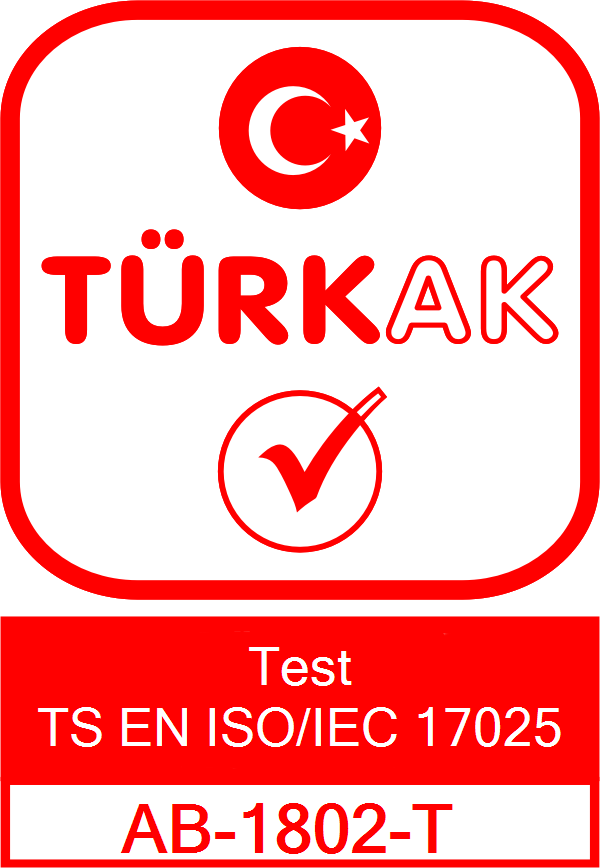Determination of Ethylene Glycol Residue
Ethylene Glycol (C₂H₆O₂) Residual Analysis – GC-MS Method – ISO 10993-7 Annex B / Annex I
1. What is Ethylene Glycol (EG)?
Ethylene Glycol is a toxic by-product that may form during ethylene oxide (EO) sterilization due to the reaction of EO with moisture. With the chemical formula C₂H₆O₂, EG is a non-volatile, water-soluble compound and must be quantified as part of the EO residual analysis.
2. Standard Requirements (ISO 10993-7 Annex B & I)
-
ISO 10993-7 provides specific limits for EO and ECH, but does not define a direct limit for Ethylene Glycol.
-
EG is evaluated under “total EO-related residues” within Annex I – Toxicological Risk Assessment.
-
Therefore, EG must be reported together with EO and ECH to assess total patient exposure.
3. Why Should EG Residues Be Measured?
-
Can cause renal failure, metabolic acidosis and neurotoxicity
-
Longer persistence on device surfaces compared to EO
-
Essential for patient safety, CE marking, FDA submission and ISO 13485 compliance
4. GC-MS Method for Ethylene Glycol Residuals
Sample Preparation
-
Aeration after EO sterilization
-
Extraction with ultrapure water or methanol-water
-
Transferred into GC vials
Typical GC-MS Parameters
| Parameter | Setting |
|---|---|
| Column | DB-Wax / FFAP, 30 m × 0.25 mm × 0.25 µm |
| Carrier Gas | Helium |
| Injection Mode | Splitless |
| Detector | MS (EI 70 eV) |
| Target Ions (m/z) | 62, 31 (Ethylene Glycol) |
Calculation
5. Importance of EG Residual Testing
-
Supports sterilization validation and biocompatibility evaluation
-
Necessary for CE marking, FDA approvals and ISO 10993-17 toxicological evaluation
-
Prevents patient exposure to toxic EO-related compounds
6. TTS Laboratory Services
At TTS Laboratory Services, we provide:
✔ EO, ECH, EG residual analysis by GC-MS
✔ Aeration validation & toxicological assessment
✔ ISO/IEC 17025 accredited reporting
✔ Compliance with ISO 10993-7 Annex B / Annex I

